AAA: Do EOs or Carrier Oils Have SPF?

Sunburn — ahem — summer is here! Which means there’s no better time to break out the sun protection. Back in the day, people might have purchased the first sunscreen they happened upon in the grocery store. But today, a growing number of consumers are concerned about what they put on and in their bodies, complicating that decision. As such, many have turned to DIY sun protection and natural remedies, including essential oils and carrier oils. But how effective are these methods in protecting you from harmful UVs? We’ve uncovered the good, the bad and the ugly of SPF in oils to help you choose the sun protection that’s right for you.
SPF in Essential Oils and Carriers
From Sunflower oil to Carrot Seed oil, people have touted plant-based ingredients as being suitable alternatives to OTC sunscreen and sunblock for some time now. To answer the primary question on everyone’s mind, believe it or not, numerous essential oils and carrier oils have SPF. But don’t get too excited. An emulsion of Carrot Seed in Coconut oil was found to have an SPF value of 6.92. Similarly, a study that measured the SPF value of 16 essential oils and carriers found that Olive oil had the highest SPF value of 7.5, whereas Rose oil had the lowest SPF value of .2. To give you an idea of how covered you’d be using these oils in place of sunscreen, experts say an SPF of 8 or less would only protect you from less than 5% of UV rays that you encounter. Thus, most research in this area concludes that, though essential oils and carrier oils do in fact have SPF, the amount is insufficient to qualify as a broad-spectrum sun protectant. In fact, the American Academy of Dermatology recommends wearing an SPF of 30 or higher. We would also add that the amount of essential oil needed would be above the average recommended dilution rate.
DIY Sunscreen
Perhaps using essential oils and carrier oils alone won’t protect you from UVs, but what about making your own sunscreen or sunblock? This time of year, DIY sunscreen recipes are popping up everywhere, and formulators are invariably telling people to run the other way. Like oil in water (times ten), UV blockers don’t play well with others. Take for example zinc oxide, an inorganic compound that’s extremely attracted to itself. Rather than staying emulsified, zinc oxide likes to clump up with other zinc oxide particles, leaving gaps in the sunscreen. And the only way that ingredients like this can be persuaded into staying emulsified is with expensive lab equipment, like a high-shear mixer (only $679 + s&h on Amazon) and a lab hot plate (anywhere from $50-$400). You then have to put your formulation through expensive testing to measure its efficacy or put yourself and others at risk of sunburn and skin cancer.
Bottom Line
Despite essential oils and carriers not being the best choice for sun protection, we’re hopeful that these ingredients will be introduced in commercial sunscreens more often. And when it comes to protecting yourself from UVs, it’s better to be safe than sorry and stick with sunblocks and sunscreens you find in the grocery store. Already been burned this summer? Essential oils and carriers can help you here. Try our DIY after-sun spray and enjoy your summer to the fullest.
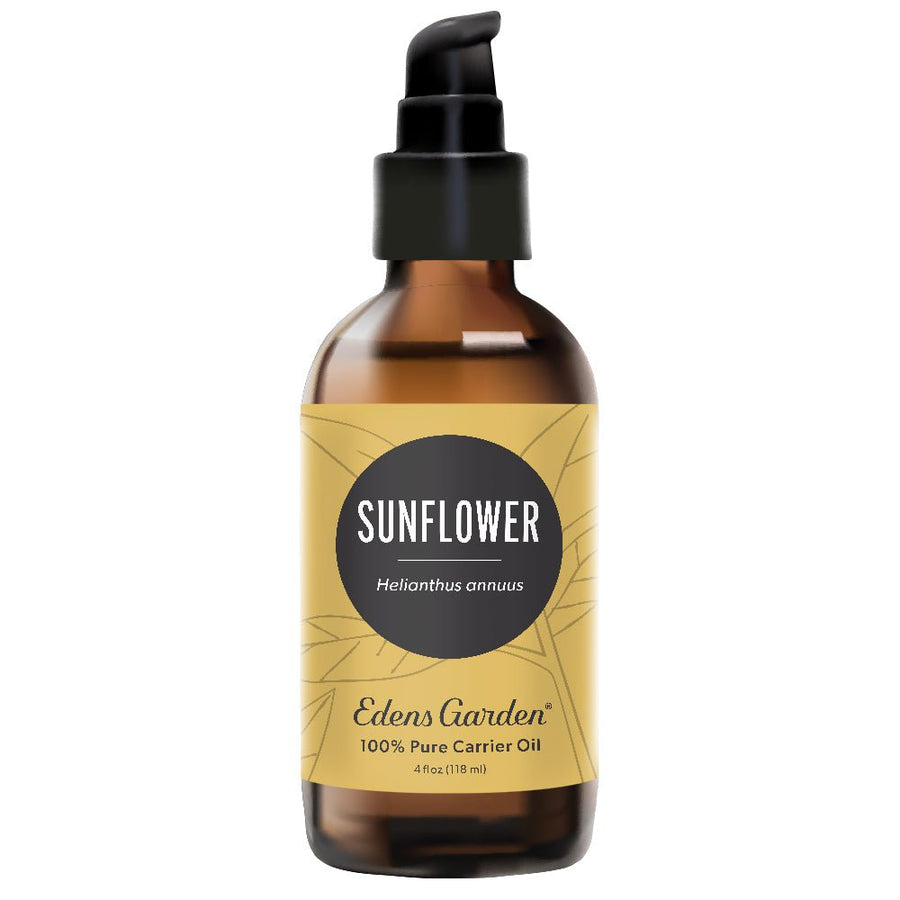
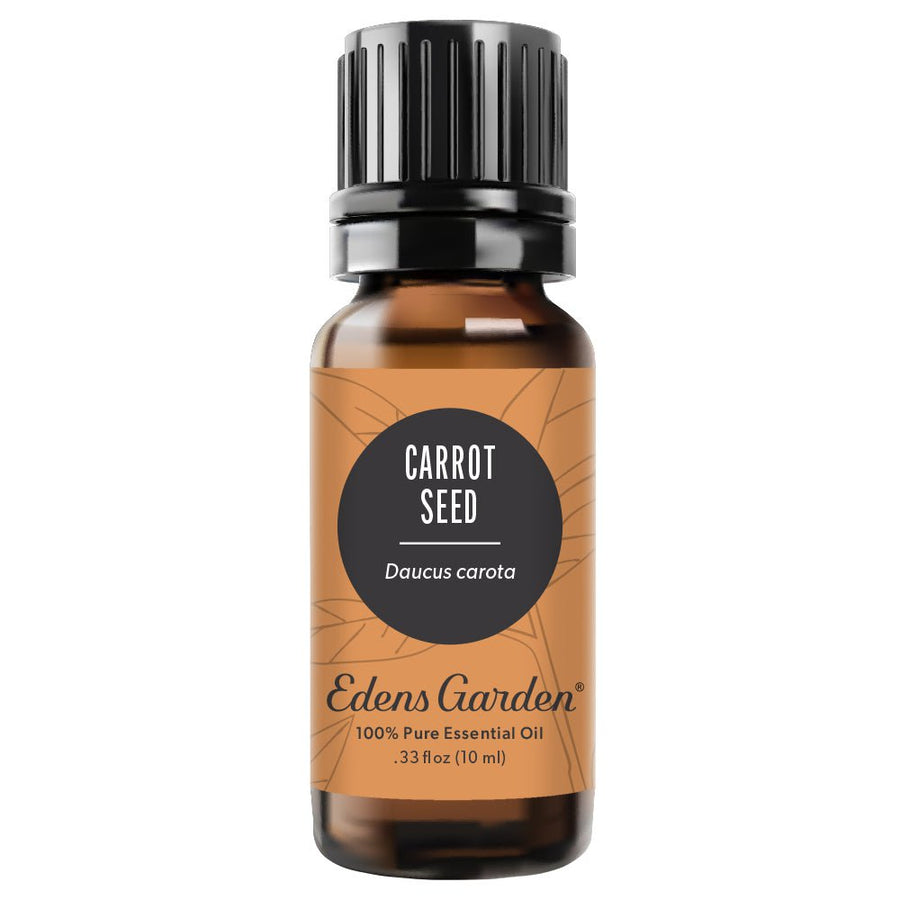

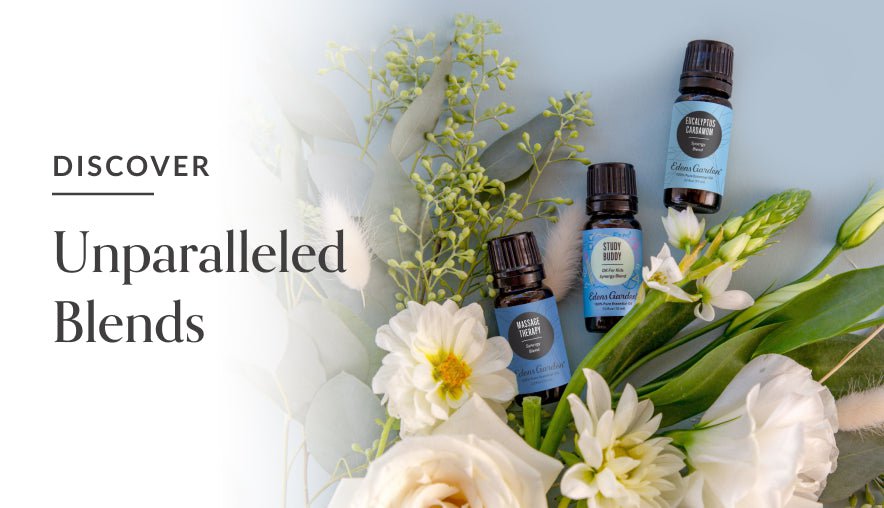
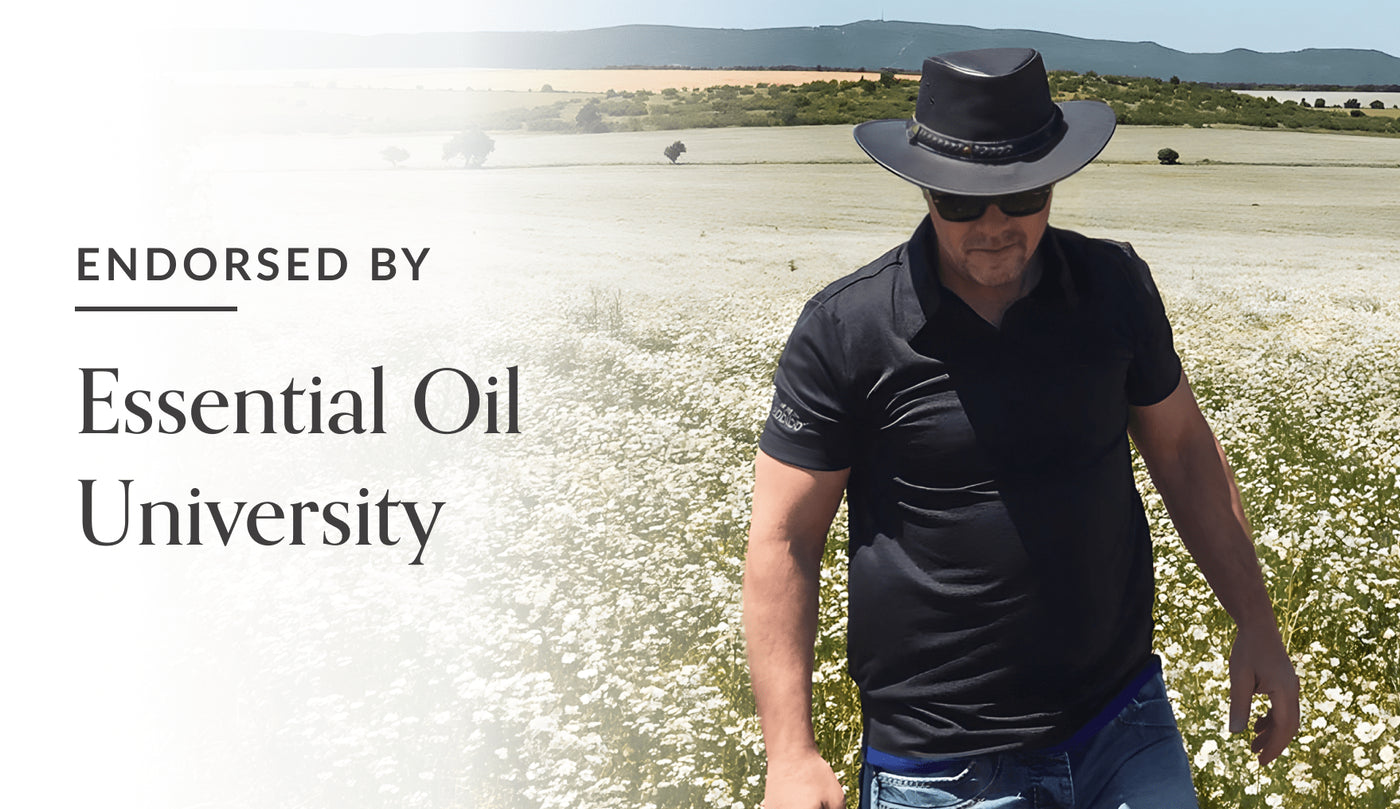
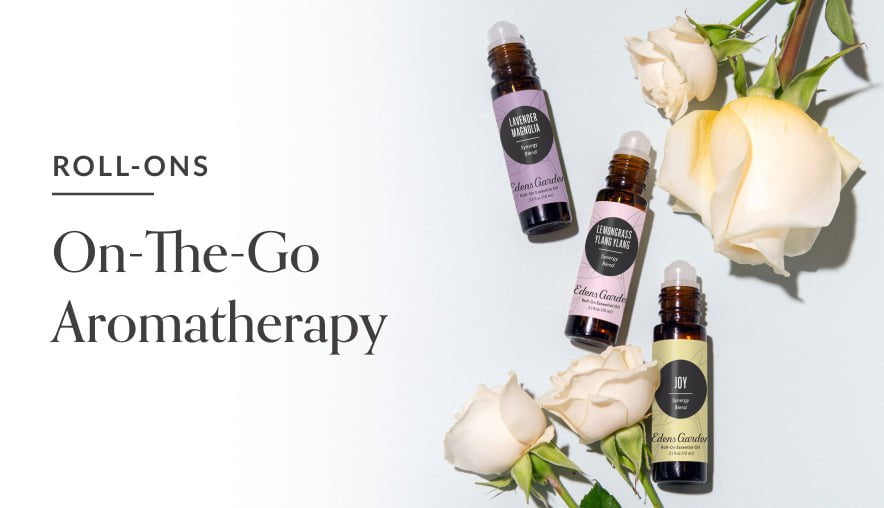
Leave a comment (Comments will be approved before showing up)